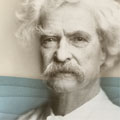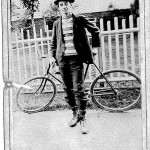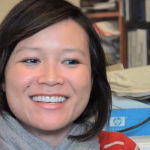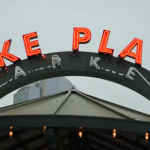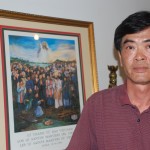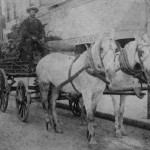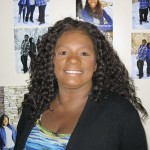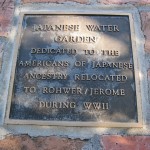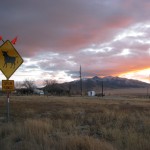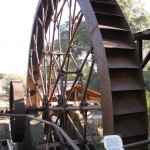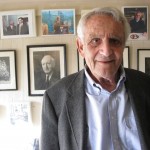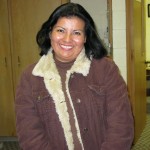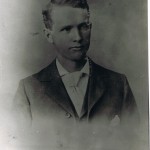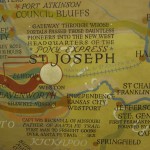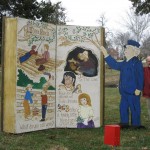Evelio Contreras, a Washington Post videographer, grew up in Eagle Pass, Texas, across the Rio Grande from Piedras Negras, Mexico, “with a divided understanding” of himself.
He was a first-generation Mexican American with, he said, a strong connection to the United States. He also had deep ties to Mexico. His parents were born there.
His mother, who sewed clothes, and his father, who worked construction, stressed education for Evelio and his siblings: “They taught us about working hard in school.”
Northwestern University’s Medill School of Journalism represented Contreras’s first experience with diversity. Eagle Pass “felt like 99 percent Mexican,” said Contreras. “There were no African Americans.”
So Contreras spent 2000-01, his first year at Medill, exploring a different student community each quarter: blacks in the fall, Asians in the winter, and the student daily newspaper staff, largely white, in the spring. Used to direct Eagle Pass residents, he found he needed to study whites to learn “how to read what they were saying.”
In his junior year, he was in the first group of Medill students to report a quarter from Johannesburg and Cape Town for South African news organizations.
After dealing with racial categories different than those familiar to Americans and 11 official languages in South Africa, Contreras felt that he returned to the United States with “a South African identity,” comfortable with the country’s diversity.
Dan Tham’s video records the explanation by Contreras of how his background and training have led him to connect in his reporting with people who have a strong sense of their “otherness.”
Loren Ghiglione

